You can visit all of seven Slovak sites registered in the World Heritage List.
Banská Štiavnica and the technical monuments in the surroundings, which were estabilished during the 15th century in the course of mining rare metals and in the present are researched the mining possibilities.
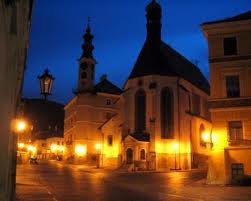
Levoča, Spiš and surrounding monuments, which includes the largest castle areal Spiš Enseble ( Spišské podhradie, Spišská kapitula and Gothic Holy Spirit Church in Žehra ) and historic centre of the town Levoča with the work of Master Paul in the St.Jacob Church.
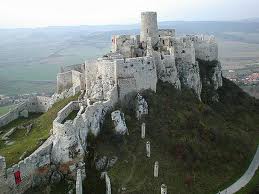
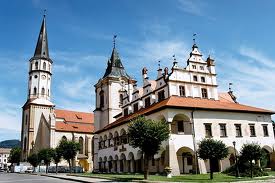
Vlkolínec, which represents the type for rural settlement with valuable wooden buildings and outstanding wooden belfry. The International Council on Monuments and Sites ( ICOMOS ) evaluated this settlement as the best preserved one of its kind.
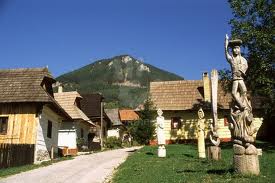
The Urban Monument Reserve of Bardejov with protection zone of the urban monument reserve and the Jewish suburb.
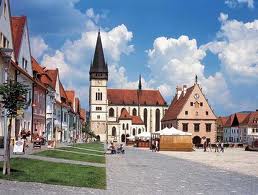
The Caves of the Slovak and Aggtelek Karst represent a coherent karst landscape with different kinds of crevices and caves. There are more than 700 caves in Slovakia, the most popular are Domica and the Gombasecká cave. The joint bilateral Slovak-Hungarian project includes also the Ochtinská Aragonit cave in the Higlands of Revúca rich with unique aragonit fillings.
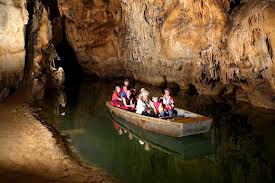
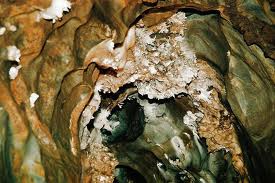
The Poloniny National Park situated across the the border in the Ukraine represented by exceptional fir-beech forests and the primeval forests ( Stužica, Rožok and Havešová ) with the Kyjov forest.
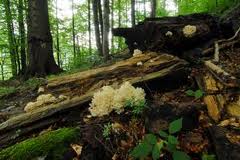
Outstanding wooden churches where added to the UNESCO list because of their universal value: the Roman Catholic churches in Hervartov and Tvrdošín, the Articular Lutheran churches in Kežmarok, Leštiny and Hronsek, the churches of Orthodox faith in Bodružala, Ladomírová and Ruská Bystrá.
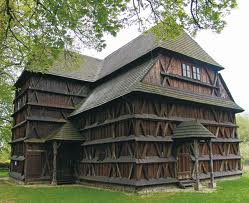
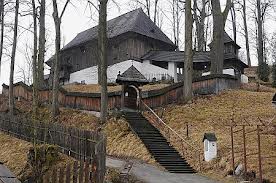
The eight heritage is the musical instrument Fujara and its music which is inscribed on the UNESCO as a verbal and non-material heritage .
Fujara – treasure of Slovakia and its music is inscribed on the UNESCO as a verbal and non-material heritage. Typical slovak musical instrument, whose voice was going about areas from chalet to chalet. As the one of heritages of our grandfathers, slowly dissappears. Fortunately there is couple of hobbyists, who press for preservation of this unique and characteristic instrument of our nation.
By our master of facture of the fujara and other folkloric articles such as pipes, typical shoes, walachs and smarty belts
you will be introduced into beautiful nature, where you will have unique chance to play on fujara and hear its magnificient music.
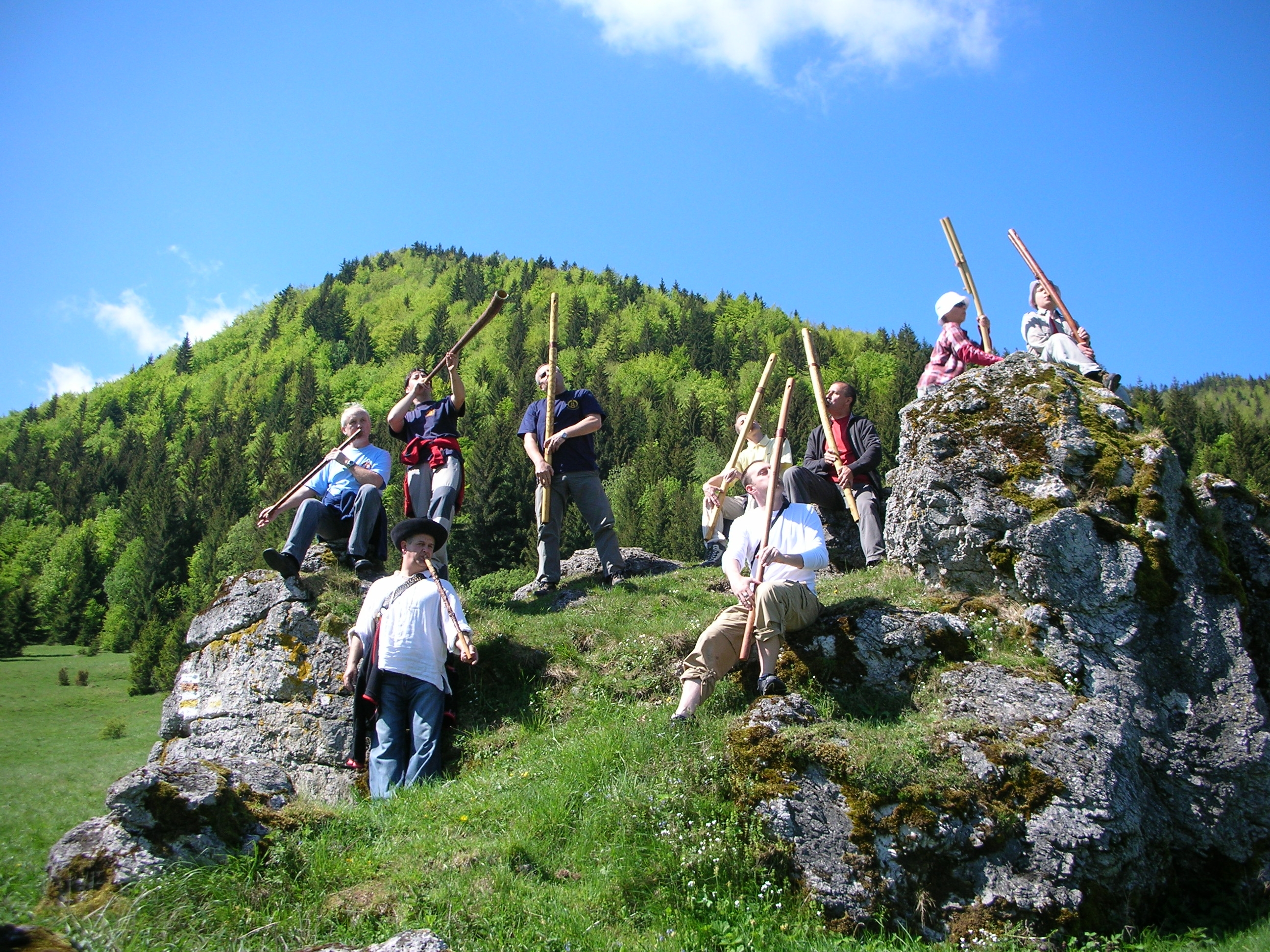
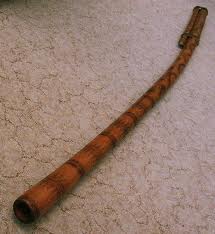
Usual Program:
1.DAY : Bratislava- Banská- Štiavnica- Vlkolínec- Hronsek
Arrival in Bratislava/Wiena airport, welcome ,in the case of evening or night flight, overnight in Bratislava.
Road long 170 km to Banská Štiavnica
Vlkolínec and Hronsek round 40 km from Banska Štiavnica
Overnight in Banská Štiavnica
2. – 3. DAY: Orava- Tvrdošín - Leštiny - Fujara
Road around 120km long to Orava.
Wooden churches
In Lestiny natural surroundings playing the fujara with our master
Overnight in Dolný Kubín
4. DAY: Kežmarok – Spiš castle – Levoča
Road long round 110 km to Kežmarok
Near Spiš castle
30 km Levoča and overnight
5. DAY: Levoča – Hervatov – Bardejov
Citytour Levoča
100 km long road to Hervatov
Overnight in Bardejov
6. DAY: Bardejov – Svidník – Poloniny ( Snina )
Road long 35km from Svidnik
Poloniny 80km from Svidnik
Overnight in Snina
7. DAY: Comeback to Bratislava


